Alocasia Ivory Coast is a striking houseplant featuring impressive silvery webbed flat leaves. The striking contrast between fat, rounded, dark green arrow-shaped leaves and silver veins coupled with beautiful pink petioles make this plant an exceptional exquisiteness to stand out. The incredible shape and the enormous size of the leaves led this splendor to be known as Elephant Ear. With its unique appearance and astounding beauty, the Ivory Coast can give a fluorescent touch to any space. It’s a must-have plant if you want exclusivity in the home environment. One kind of characteristic of the ivory coast is that it gets really long and towery. They’re a very structural kind of skyscrapery and perfect plants for bigger rooms and patios.
Allied Species: Alocasia Sarian, Alocasia Pink Dragon, Alocasia Lauterbachiana, Alocasia Stingray, Alocasia Regal Shields, Alocasia Portora, Alocasia Cucullata, Alocasia Frydek, Alocasia Polly
Related Products
Products | Name | Check Price |
Organic Perlite for Plants | ||
WONDER SOIL Organic | ||
Orchid Potting Bark Mulch |
Habitat & Ecology
The beautiful Alocasia Ivory Coast is native to Eastern Australia and Asia, where it grows under tree canopies of tropical forests. It is a herbaceous perennial that comes from the Araceae family. At the same time, the plant is botanical species of Alocasia Amazonica.
| Botanical Name: | Alocasia Ivory Coast, botanical specie of Alocasia x Amazonica |
| Family Name: | Araceae |
| Common names: | Alocasia Ivory Coast |
| Origin | Asia and Eastern Australia |
| Plant type: | Perennial plant |
| Size | 3 to 4 feet high |
| Flower | Insignificant florescences |
| Humidity: | 60% and above. |
| Temperature: | 65°F to 85°F |
| Light Need | Bright Indirect light |
| Soil | Moist but Well-drained Aroid Soil |
| Hardiness Zones | 9-11, USA |
| Pests | Spider mites, Aphids, mealybugs |
| Diseases | Leaf spot, Rhizome rot, and Stem rot |
Alocasia Ivory Coast vs. Pink Dragon
Alocasia Ivory Coast is often mislabeled as Pink Dragon by the sellers. If you’re trying to compare the two, the first thing to look at is the stems or the petioles of these two beauties. As the name suggests, the petioles of the Pink Dragon are fairly pure pink with a few dots. On the other hand, if you look at Ivory coast stems, they are a little pinker, and you will notice a lot of blotching, kind of like stripes that aren’t uniform, and as it goes up, that blotchy striping continues. However, the petioles of both plants get green towards the top near the leaves.
The next thing is to look at the backside of the leaves. The undersides of Pink Dragon are very dark purple or burgundy, and it looks really cool when a new leaf emerges. It looks like a blackish-purple cone contrasting light green and pink petioles. In contrast, in the Ivory Coast, the back of the leaves exhibits a fairly green color contrasting the light green prominent venation compared to the blackness of the undersides of Pink Dragon leaves. The difference in the color of the undersides of the leaves is the most obvious difference that can tell apart the Ivory Coast from Pink Dragon. In addition, the size of the Pink Dragon is not going to get as big as the Ivory Coast.
Leaf Shape
Another difference is the leaf shape; the main shape of the leaves of the Ivory coasts is like a Pac-man- fat and flat. If you look down the edge of them, the leaves are like a tabletop, and they’re flat. However, for Pink Dragon, the leaves are a little more ripply, like a black ripple Colocasia. The leaves show ripple, an indention between the veins, and nice wavy edges. Moreover, the Alocasia Pink dragon has prominent and thick veins similar to Alocasia Polly; however, the Ivory coast veins are thin compared to Pink Dragon but are larger in numbers. The new leaf of Ivory coast emerges as vibrant green, like a limey yellowy green in contrast to the deep purple cone of the Pink dragon.
How do you take care of Alocasia Ivory Coast?
Regarding the care of Alocasia Ivory Coast, it likes bright but indirect light, and moist and well-draining soil keeps it happy. The plant also appreciates humidity at the higher side, about 60% to 70%, with a warmer temperature in the range of 65F-85F. Ivory coast can be grown as a decorative house plant and can be planted in mass outdoors in a tropical setting in a part shade position and well-drained moist soil.
This article will furnish every detail about the Alocasia Ivory Coast care, so keep reading below to learn all the trips and tricks to keep this stunning plant happy and healthy.

Initial care of Alocasia Ivory Coast
When you bring Ivory Coast home, inspect the plant leaves to look for any pests or fungal diseases. If there is any pest infestation quarantine your plant, so your other plants don’t get harmed by these deadly pests. Shower your Alocasia leaves and give the plant the pest treatment until get rid of all the pests. Choose the best place to keep the plant where it can receive plenty of indirect light.
Moreover, don’t rush repotting your Ivory coast unless necessary to avoid shocking the plant. Let the plant acclimate a month or two before repotting in new potting mix.

Growth & Size
Alocasia Ivory Coast is an easy-to-care houseplant that can grow up to a height of 3 to 4 feet; when provided with the optimum growing conditions, this plant produces new leaves quite often that can reach up to the length of a foot. Alocasia Ivory coast is fast growing herbaceous perennial with upright habit and branches out quite often. As soon as it gets a little root bound, it starts popping new babies around the pot.
In Ivory Coast Alocasia, you get a few leaves with like super long ears or lobes, kind of boomerang shape. Meaning there is a little variation in the shape and size of each leaf.
The growth of this Alocasia is rapid and when you grow it indoors in a well-lit spot, whereas it also does well outdoors if provided with tropical growing conditions and sheltered spots. The Alocasia Ivory Coast seldom blooms, and when it flowers and pollinated, it produces seed pods that hang from the plant and matures to red berry fruits. These fruits can be squeezed to get the seeds to propagate the plant.

Light Need of Ivory Coast Alocasia
In its natural habitat, the Ivory Coast grows under tree canopies, where it receives filtered sunlight and extends uprightly towards the light, becoming tall and towery. Therefore, this plant flourishes at your home when it gets bright indirect light. A few hours of direct sunlight is fine, especially the morning light, but overexposure to the sun for long hours can burn or scorch the beautiful leaves of this Alocasia. Face the plant leaves towards the window to maximize the light absorbtion and photosynthesis.
The ideal location for an elephant ear is near an east-facing window where it can obtain sufficient indirect light. However, this plant can be grown outdoors but flourishes in shady spots or your garden and patios.
It’s a sensitive plant that can’t tolerate intense and direct afternoon sunlight, resulting in leaf burn. In contrast, this plant also doesn’t appreciate low light conditions, which can hinder its growth and result in leggy petioles and small leaves. If you don’t have bright spots in your place, you can always supplement with grow light to obtain the required light. Therefore, always keep your plant under bright and filtered light to encourage its growth and health.
We recommend you rotate your Alocasia Ivory to 90 degrees weekly so they can get equal light exposure from all sides, as it will help the leaves to grow straight.

Watering
The Alocasia Ivory Coast needs regular watering as it requires consistently moist soil for its healthy growth. However, watering this plant is tricky because it likes consistently moist soil, but not soggy or waterlogged soil, which isn’t good for its development and can lead to suffocating the roots and root rot. The pro tip for this plant’s watering is to give it a drink only when the upper layer of the soil is completely dry, approximately two inches.
The best practice to water the plant is to drench the soil and let the excess water drains through the drainage holes. Remember to grow the Ivory coast in a well-draining potting mix and in a pot of appropriate size with drainage holes for this watering technique.
The drinking requirements of this plant vary from season to season, light exposure, and potting mix composition. It wants more water in summer as the soil tends to dry off quickly, while in winter, the frequency decreases as the rate of evaporation and transpiration reduce in colder months. Moreover, the plant tends to go dormant and drop off leaves during winter, therefore reduce the watering frequency as the plant doesn’t photosynthesize effectively and absorbs water as much as in summer.
This Alocasia is very delicate and susceptible to root and rhizome rot due to overwatering. When it’s watered more than the required amount, its roots are likely to develop root rot which is a noxious disease. In contrast, underwatering can also damage the plant and may result in stunted growth.
How to Determine Soil Moisture?
Therefore, a proper watering schedule is essential to regulate healthy growth; watering once a week is ideal, but it’s not the rule of thumb as the watering needs of this plant depend on many factors, such as temperature and humidity. That’s why it’s always a good practice to determine whether your plant desires to be watered or not. You can inspect it by dipping your finger in the soil to check its moisture; another method is to weigh the pot; if it feels lighter, it means your plant is thirsty. You can also use a moisture meter or moisture sensor to monitor the moisture of the soil.

Humidity
Humidity is one of the most important factors in keeping the gorgeous Alocasia Ivory Coast leaves lush green and flawless. Due to its tropical habitat, the plant flourishes in humid conditions at 60% and above; therefore, maintaining the required humidity at your home is crucial.
To elevate the humidity to the required level, consider misting your plant. Another option to increase the humidity in the plant’s vicinity is placing a humidifier near the plant or grouping your plants. Alocasias, I have found do better placing on a tray of rocks with some water that elevates the humidity in the surrounding. A little bit of water in the tray does help give the roots at the base of the pot that humidity they like, and it allows them to grow out of the pot and soak up some water. Please ensure to avoid submerging the pot’s bottom in the tray’s water, as the soil will soak up the water through drainage holes and cause the plant to overwater.
Also, keep the plant away from heaters and other draft sources as they tend to strip down the moisture from the air. Moreover, it is beneficial to use a hygrometer to monitor the humidity in the plant’s surroundings.
Temperature
Regarding temperature, the Alocasia Ivory Coast thrives in a warmer environment in the temperature ranges between 65F to 85F. When the temperature drops below the recommended level, this Alocasia plant may not survive and start dropping off the leaves. Summer is an ideal season for this Alocasia care when the plant is active and growing.
While in winter, it is a bit hard to maintain its growth and protect it from cold drafts. Alocasia Ivory coast plant is not frost tolerant. When the temperature drops, bring your plant indoors in winter and keep it in warmer places. Avoid placing it near windows and other cold places in colder months as it can’t resist sudden temperature changes.

Soil Requirements
The composition of the potting mix is one of the vital factors determining your plant’s growth and survival. It hugely impacts roots’ health, leaves appearance, and new growth. Alocasias are Aroids, and being tropical plants, Alocasias thrive in an environment similar to their natural habitat. They grow under the tree canopies on the forest floor, and the rainforest soils are well-draining, airy, moist, and full of nutrients due to organic matter biodegrading.
Therefore, to mimic that, we need a soil mix that is humid but not soggy. Add components of variable sizes to make the soil chunky enough for the roots to form and crawl easily through it while not being soggy and bogged down. Hence, Alocasia Ivory Coast thrives best in a moist, well-draining, organic-rich potting mix that allows good aeration to the roots.
If you have a heavy soil mixture that retains water and suffocates your plant’s roots, it will cause rot. It’s going to be difficult for those roots to grow into it, and it’s not the best mix for your soil.
Potting Mix Recipe
You can prepare potting mix at home by combining the following components;
- 25% of perlite or vermiculite
- 25% of orchid bark,
- 25% of coir or peat moss,
- 10% of activated charcoal
- 10% of worm castings or compost.
Mixing these components produces a moist, well-aerated, and organic-rich soil mix with appropriate drainage. The roots of the Alocasia Ivory Coast plant love to breathe and adding orchid bark creates air pockets to help the oxygen to travel through the plant’s roots. If you have the chunkier mixture, your plant will likely adapt and grow thicker and strong roots.
Moreover, perlite has porous nooks and crannies that help retain some water in the soil necessary for the plant’s survival and it also provides drainage by letting excess water flows through. In addition to retaining water, perlite can helps with soil aeration. The worm castings provide the nutrients needed for the plant to thrive.
Besides that, you can also choose various potting mixes available in the market such as:

Repotting Alocasia Ivory Coast
The elephant ear Alocasia needs repotting every 1 to 2 years as it likes to be root-bound like other Alocasia plants in the family. There are two major reasons for repotting for Alocasia Ivory Coast, the first is the plant is root bound, and the other is lack of soil nutrients. After a few years, the soil loses its nutrients, so it is better to change the soilwith fresh organic rich potting mix for active growth.
Repotting is recommended to be done in the growing season to minimize the transplanting shock and encourage healthy and vigorous growth. However, if you notice the root bound signs , don’t hold back and rejuvenate your Ivory Coast. When the roots of Alocasia come out of drainage holes and plant needs frequent watering, its time to repot this stunning loveliness.
Tips for Repotting
When you decide to repot your Alocasia Ivory Coast plant, make sure to use a container that is one size larger than the current one to accommodate the roots and provide space for root growth. The pot should have drainage holes to drain the excess water and aeration to the roots. Use a fresh potting mix in the new pot to prevent any pest infestation and infections. Always place the container in a well-ventilated and bright space so that your plant can grow fast.
Steps to Repot Alocasia Polly:

Propagation of Alocasia Ivory Coast
Alocasia Ivory coat grows from a central tuber or rhizome bearing growth points and shoot offsets as it grows, therefore offset division and corms are the best way to propagate this plant. The division is your greatest option to increase your plant number.
Corm Propagation
One of the most popular and successful propagation methods of Alocasia Ivory Coast is through corms. Ivory Coast Alocasia grow corms under the soil attached to their roots which roll around in the potting mix. If the corms stayed in the potting mix, when matures start sprouting and you notice new shoots near the main plant in the pot. You can collect these corms from the soil and roots while repotting. The corms come right off once you pluck them from the roots. The key to successful corm propagation is to go for firm corms.
These corms can be rooted in various mediums such as water, Leca, Sphagnum moss, or potting mix. You can peel off the hard husk around the corms to expose the light green center to accelerate the rooting of the corms.
Rooting corms in Sphagnum moss
To root the corms fill a plastic container with moist sphagnum moss and place the corm on the moss, facing the tiny pointed tip upwards and the part attached to the root downwards. Keeping it in an upright position is essential for successful propagation, as the pointed tip of the corm will sprout new leaves. You can cover the container with a lid or plastic bag to create a greenhouse effect. You can then place the corm containers anywhere to root, such as your Ikea Cabinet or grow tent. At this stage, providing bright indirect light is not essential.
Shallow Puddle Method
Moreover, the shallow puddle method is another easy and successful way to root the corms. For this method, fill a small plastic container with a little bit of water and place the corms in it. The corms should not be submerged in the water completely. You can place the corms in the shallow water any way you like as positioning the corms upright is not important for this method. Cover the container with a lid and let the corms root.
Once the corms are rooted, transplant the juvenile plant in well-draining potting soil and place them in warm humid spot with bright indirect light.
Offset Division
Offset Division is a successful and most common propagation method for most Alocasias. Alocasia Ivory coast produces offsets or suckers emerging from the main plant tuber. These offsets sprout new leaves and develop roots as it grows and making the plant look bushier. The whole plant that you see above the ground is a result of the offshoots that emanate from the main tuber. You divide the offsets once they are well-developed meaning having two or three leaves and some root system.
To propagate the Ivory coast through offset division, gently uproot the plant. Brush off the soil from the root ball to expose the separate clumps. Gently pull the offset stem downwards until you hear a snap. You can also use a sterilized cutter or knife to divide the offset from the mother plant. Now plant the offset and mother plant in a separate pot filled with organic rich potting soil.
Cover the young plant pot with a plastic bag to elevate the humidity and keep it in a bright spot for several weeks. Initially, your plants may experience some transplanting shock and shed off a leaf or so. Let them acclimate and you will notice new growth on your plant in a few weeks.

What is the best fertilizer for Alocasia?
For vigorous growth, the elephant ear plant needs regular feeding, especially during the growing season, because when the plant grows its size, its nutrition requirements also increases. This Alocasia responds well to balanced diluted liquid fertilizer high in Nitrogen; therefore, feed your Ivory Coast once a month during the growing season, which is spring and late summer.
Ivory coast also benefits from the granular slow-release fertilizer and organic fertilizers such as worm castings, fish emulsions and liquid dirt.
As the plant goes into dormancy in winter, it doesn’t need to be fertilized in the cold months. However, be cautious with the fertilizer application as overfeeding may result in plant burn because of salt accumulation in the soil. If your plant’s leaves turn brown from the edges, stop feeding your plant, especially in winters.

Maintenance
Prune your Alocasia Ivory Coast regularly if you want it to grow strongly. Pruning encourages a plant’s healthy growth but is vigilant as excessive pruning can affect its progress. Only clip yellow, old, infected leaves of your stunning beauty, and the ideal method is trimming off the stem from the base to boost new leaf production. Always use pruning disinfected shears and gloves to protect your hands.
Regularly wiping the foliage with a damp cloth is another activity that will maintain the gorgeous looks of Alocasia Ivory coast leaves and also prevent the development of pests.

Toxicity
The Alocasia Ivory Coast is toxic to pets and humans if it’s consumed or get in contact with eyes and skin. This plant contains calcium oxalate crystals that are poisonous. The common symptoms that can result in case of consumption are pain, vomiting, swelling, drooling, and reduced appetite.
In sporadic cases, the ingestion can cause breathing difficulty because of the upper airways’ swelling. Therefore, keeping the plant away from kids and pets is very important. In case of consumption, immediately seek medical help.

Pests Diseases & Common Problems
Pests
Alocasia Ivory coast is susceptible to pests outbreak, and the most common pests that can attack your delicate beauty are aphids, spider mites, scales, and mealybugs. It’s better to be safe than sorry, so regularly inspect the foliage for any signs of infestation. Spray your Ivory Coast with soap water solution every two or three weeks, and wipe the leaves with a damp cloth later. This will help remove any potential pests and eliminate the dust from the leaves.
In case of pests’ invasion, firstly shower the plant with a water hose to wash off the pests. Later, pat the plant’s infected parts with cotton balls dipped in isopropyl alcohol (rubbing alcohol). Neem oil is another effective alternative for treating pests. You can either spray the Neem oil on the leaves or dampen the cloth with Neem oil and apply it on the leaves. Leave the Neem oil overnight and wipe the leaves in the morning. Repeat the process every three or four days until get rid of the pests.
You can also prepare an insecticidal spray to get rid of pests by mixing a tablespoon of dishwashing soap and a teaspoon of Neem oil in one liter of water. Fill the spray bottle with the mixture and spray the solution on the foliage for pest treatment.
Diseases
Alocasia Ivory Coast may encounter some common diseases such as leaf spots, rhizome rot, root and stem rot. Improper watering frequency may lead to these lethal diseases and can kill your plant if not treated.
The common symptoms of rhizome rot are black or brown angular or rounded spots on the leaves surrounded by yellow rings. This rot causes the rhizome of the plant to turn brown and mushy.
Alocasia Ivory coast leaves may be infected by leaf spots caused by fungi, bacteria, or other pathogens. The symptoms are discolored spots on the leaves surrounded by black rings. Leaf spot diseases usually start on the lower and inner leaves where humidity is higher, and airflow is minimal. In case of leaf spots, stop the misting and move the plant to a spot with enough airflow.
The significant signs of stem rot are browning or withering leaves caused by inappropriate watering schedules. The rot causes the stem to turn brown. To avoid this, don’t bury the tuber or stem in the potting mix too deep. Upon identification, check the watering schedule and adjust it accordingly, especially to avoid overwatering.
To avoid diseases that emanate from improper watering:
- Check the soil moisture before watering your plant.
- Water directly onto the soil, not on the top of the leaves, and let excess water drains through drainage holes.
- Use a chunky and porous potting mix to let the roots get aeration.
Common Problems:
This delicate Alocasia can also face many problems; overwatering and exposure to the intense sun are the most prevalent. When the plant gets more water than required, it exhibits certain signs, such as the yellowing of leaves. When you notice your plant’s leaves are becoming yellow, check the soil moisture and adjust the watering accordingly.
On the other hand, when the plant has brown and crispy leaves, it means it receives more direct sunlight. In such case, try relocating your plant to a most suitable area where it gets appropriate light.
Moreover, crispy edges indicate the lack of moisture in the air and using a humidifier help elevate the humidity. In addition, the browning tips of leaves happen if you use tap water for your Alocasia Ivory Coast. Use rain or distilled water to prevent crispy tips.
Frequently Asked Questions
Q. Is alocasia Ivory Coast Rare?
The Alocasia Ivory Coast is a relatively new and rare species of the Araceae family. It’s a hybrid Alocasia that possesses arrow-shaped dark green leaves with silver lining and pink stem. It also resembles a pink dragon because of its features.
Q. How do I get more leaves on Alocasia?
If you want your plant to produce more leaves and have healthy growth, place it in an area where it receives bright and indirect sunlight. However, Alocasias are not bushy plants and tend to produce the offset as they grow. If you want a bushy look , keep the offsets in the container and let them grow with the mother plant.
Q. Can I put my Alocasia outside?
You can place Alocasia outside in the shade where it doesn’t get direct sunlight. Summertime is ideal for the plant to be kept outside, while it should be brought back indoors in winter as it can’t tolerate cold.
Q. Why do my alocasias keep dying?
There could be many reasons for a dying Alocasia, such as over or under-watering, over or under-exposure to the sun, temperature stress, consistent low humidity, and poor potting mix. You can recover your plant by fixing these issues.
Final Words
Alocasia Ivory Coast is a stunning houseplant that can add individuality and magnificence to any space it is in. you can’t ignore the beautiful green leaves with silver veins and the pink stem.
The plant needs special care and attention due to its tropical origin, and when provided with the proper growing conditions, it shows outstanding results in terms of development and beauty.
It’s a must-have plant for plant fanatics as it can stand out anywhere in the plant collection and individually.
Happy Ivory Planting!!!
Related Posts
Common Houseplant Pests and How to Get Rid of Them?
Household pests are the most irritating and unwilling aspects one never wants to deal with. They create a very unsatisfying atmosphere in your garden.
How To Care & Propagate Ctenanthe (Never Never Plant)
Ctenanthe, also known as the “Never Never” plant, is a beautiful and multi-colored plant that can bring life and color to any interior. The Never Plant belongs to the Marantaceae group of flowering plants.
Alocasia Lauterbachiana | Purple Sword Plant Care Guide
Alocasia Lauterbachiana – Purple Sword or Elephant’s Ear Plant, is a perennial of Araceae family. It is native to the Southeast Asian region.
Alocasia Propagation through Rhizome Division, Corms & Offsets
For Alocasia lovers,we are sharing the successful Alocasia propagation methods and how to propagate Alocasia.
Alocasia Silver Dragon | Alocasia Baginda Care Guide
Alocasia Silver Dragon | Alocasia Baginda ongs to the family Aroid and is a most prominent part of the “Alocasia Jewel family”.


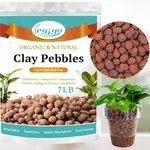
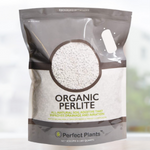

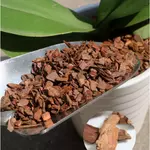
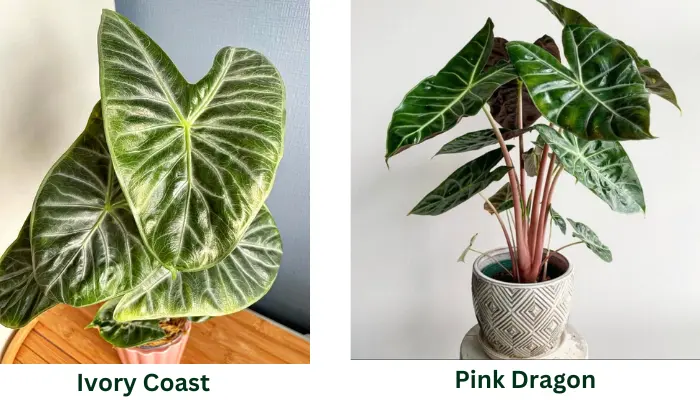
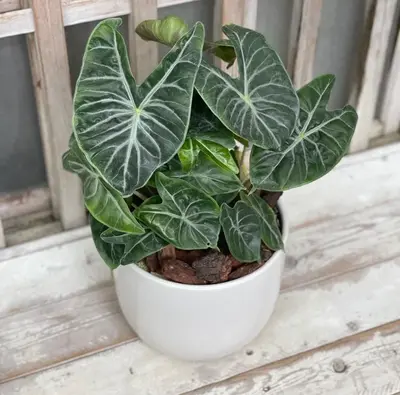
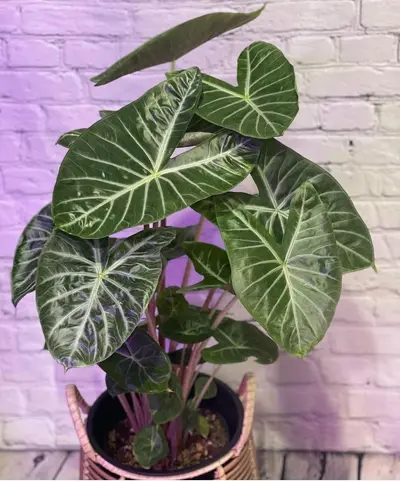
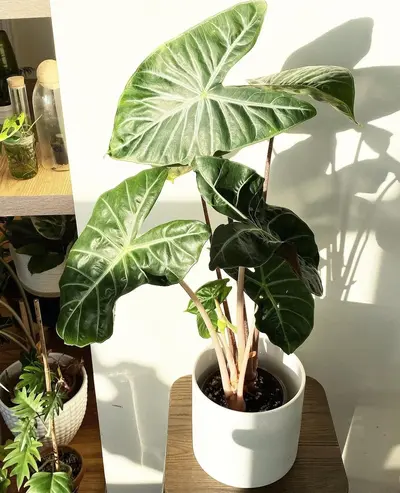
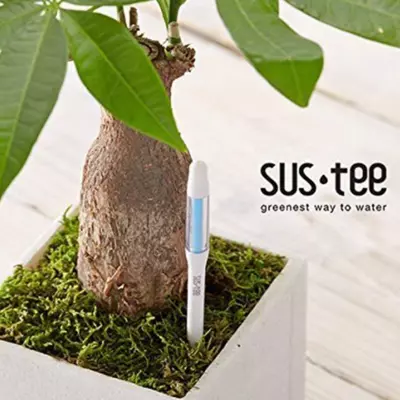
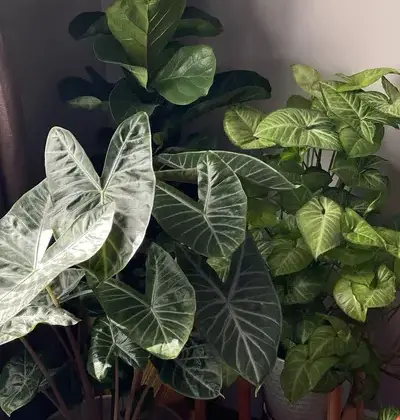
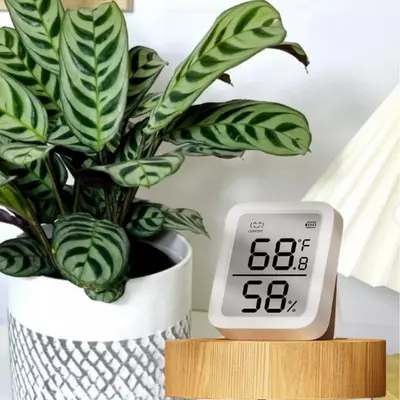
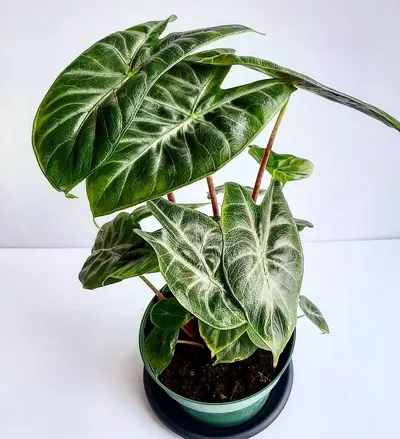
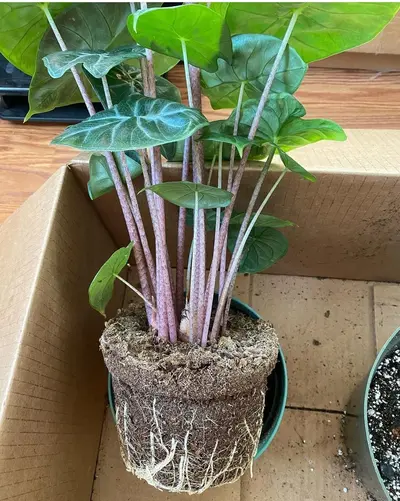
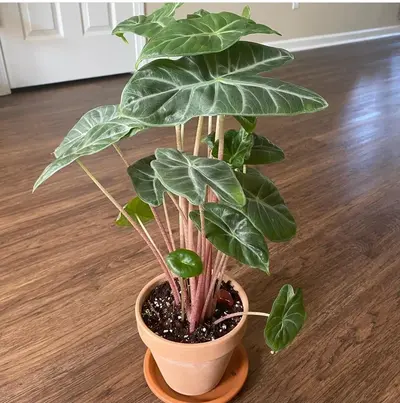

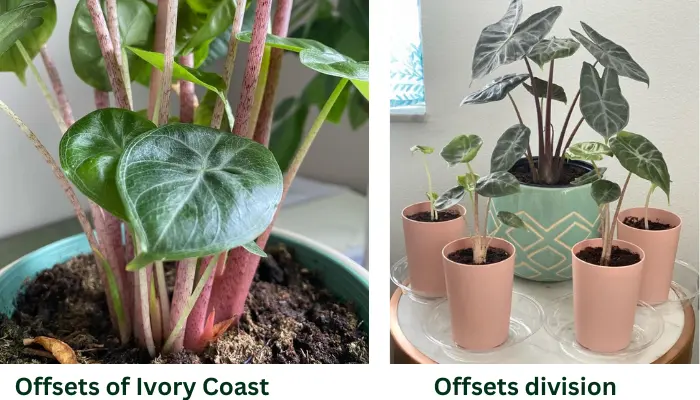
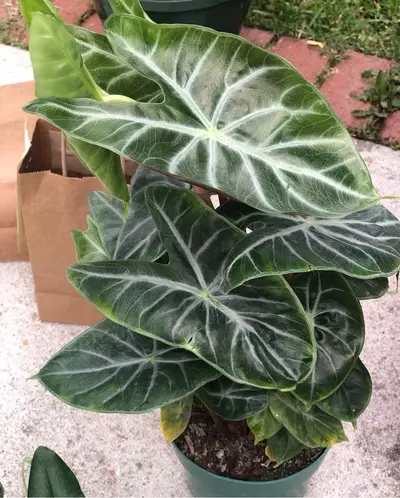
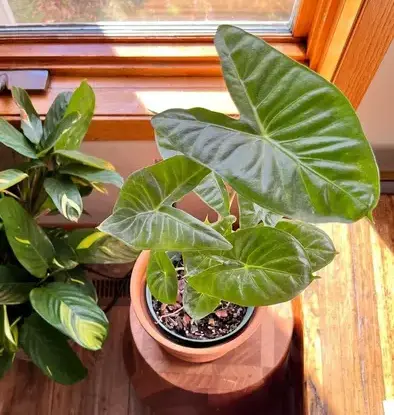

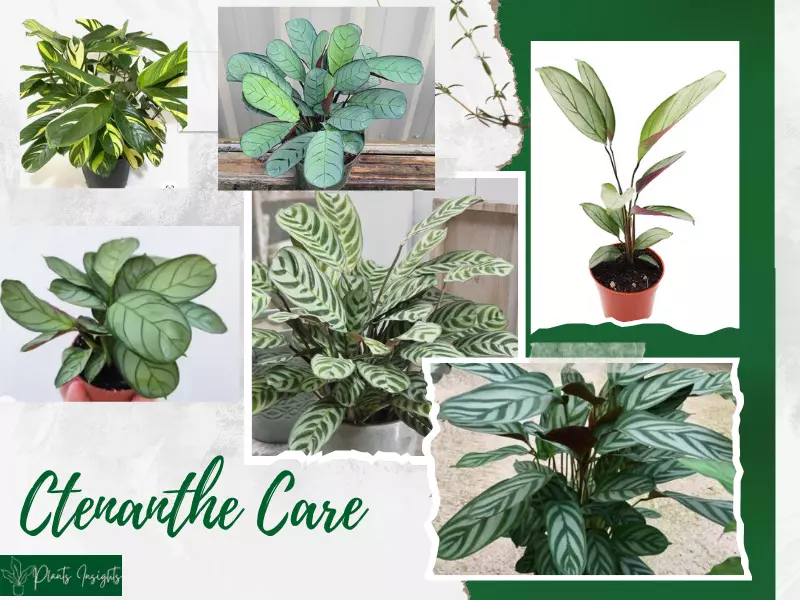
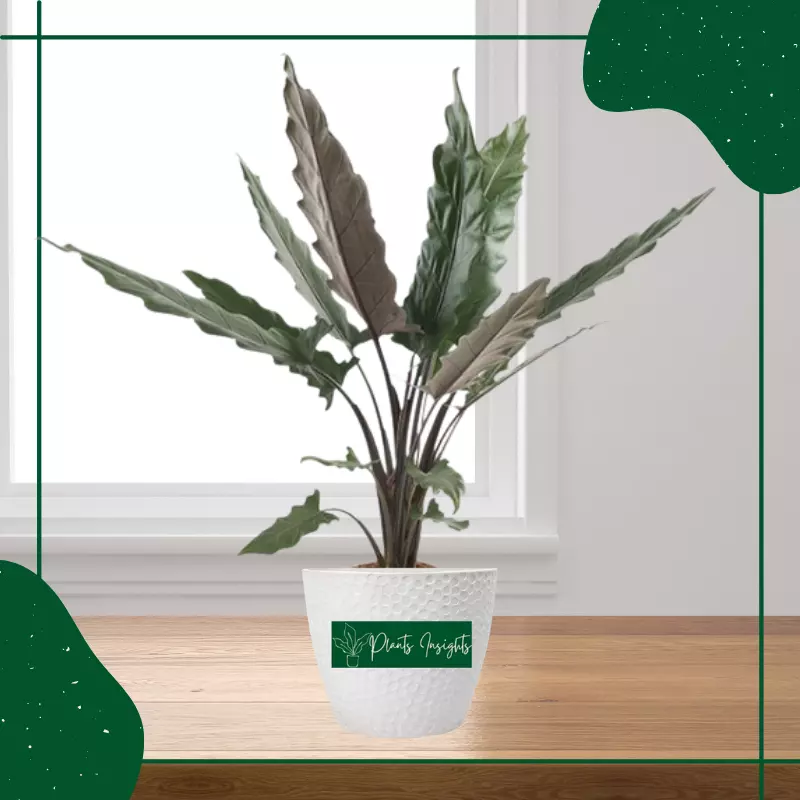
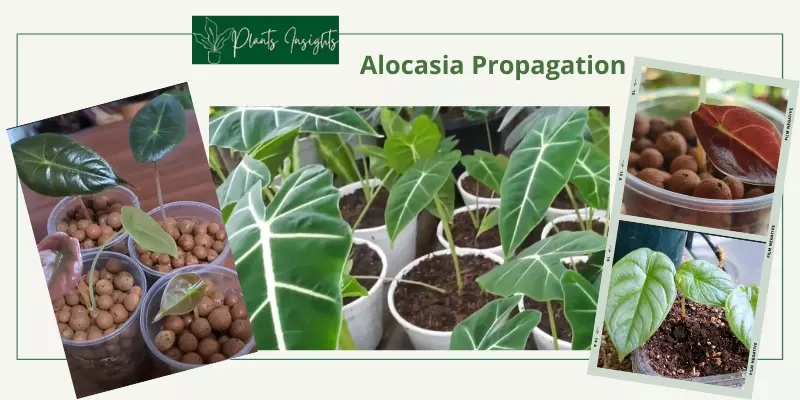
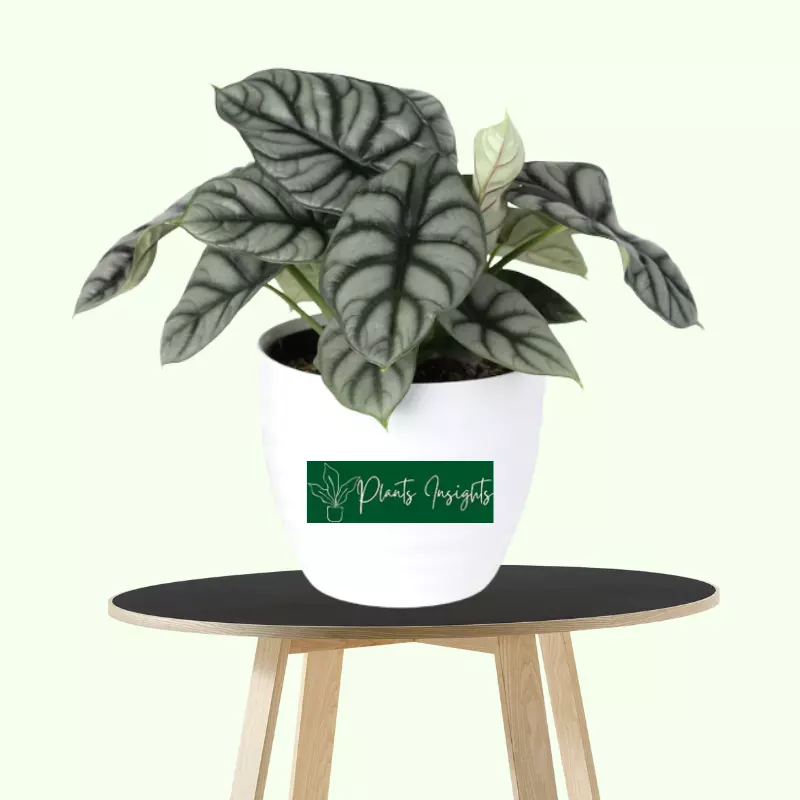
I really enjoy reading on this website , it has superb articles. “Words are, of course, the most powerful drug used by mankind.” by Rudyard Kipling.